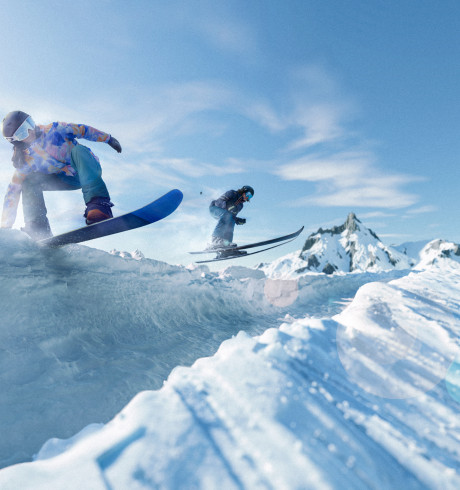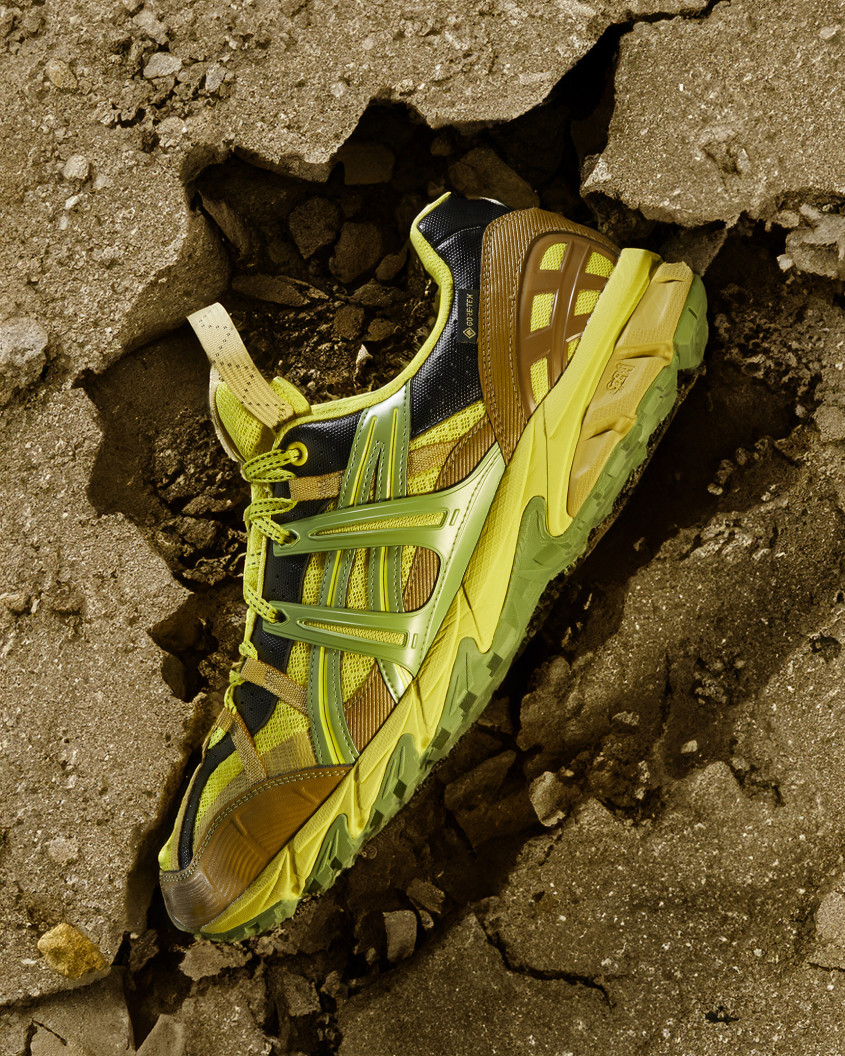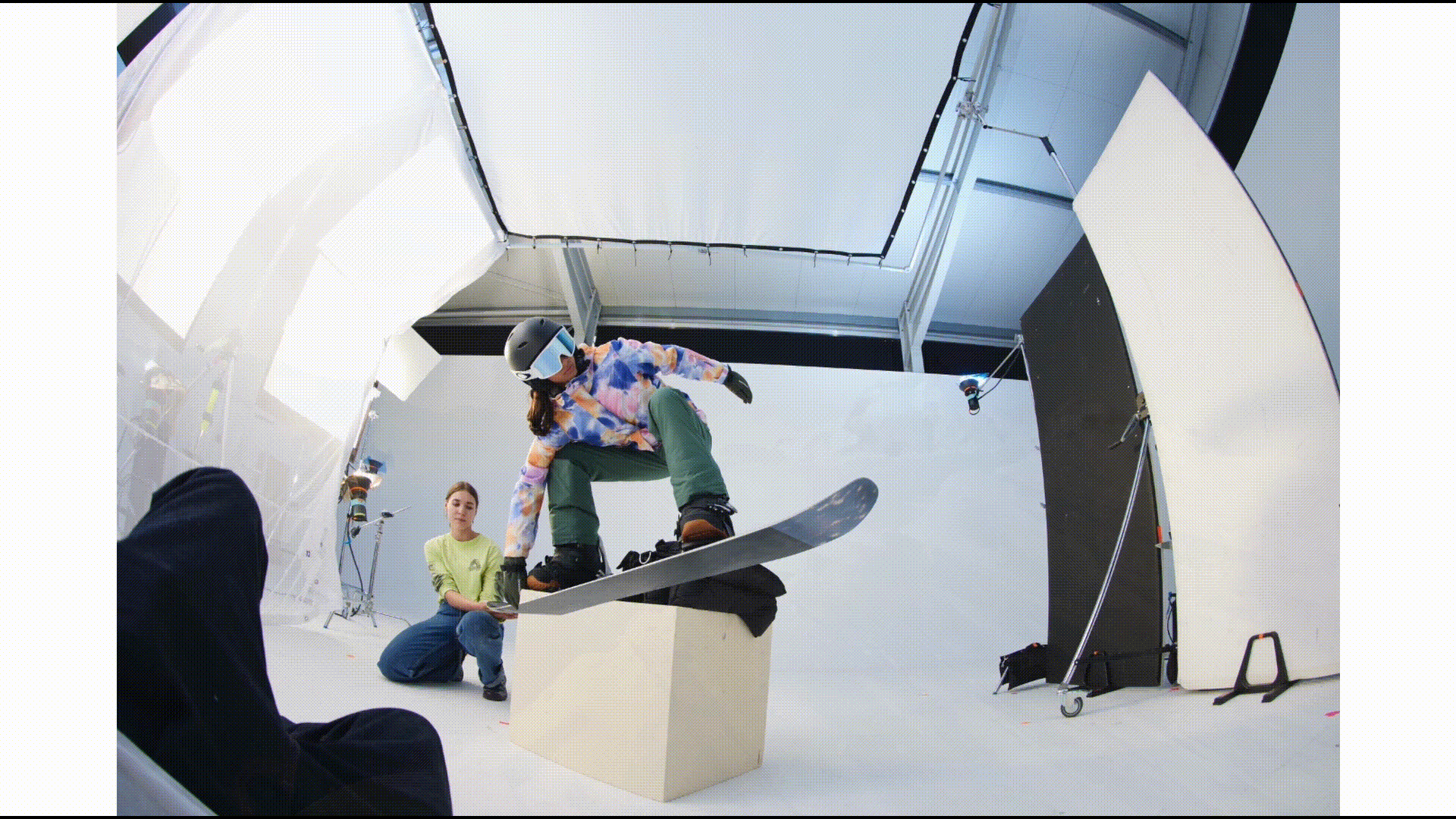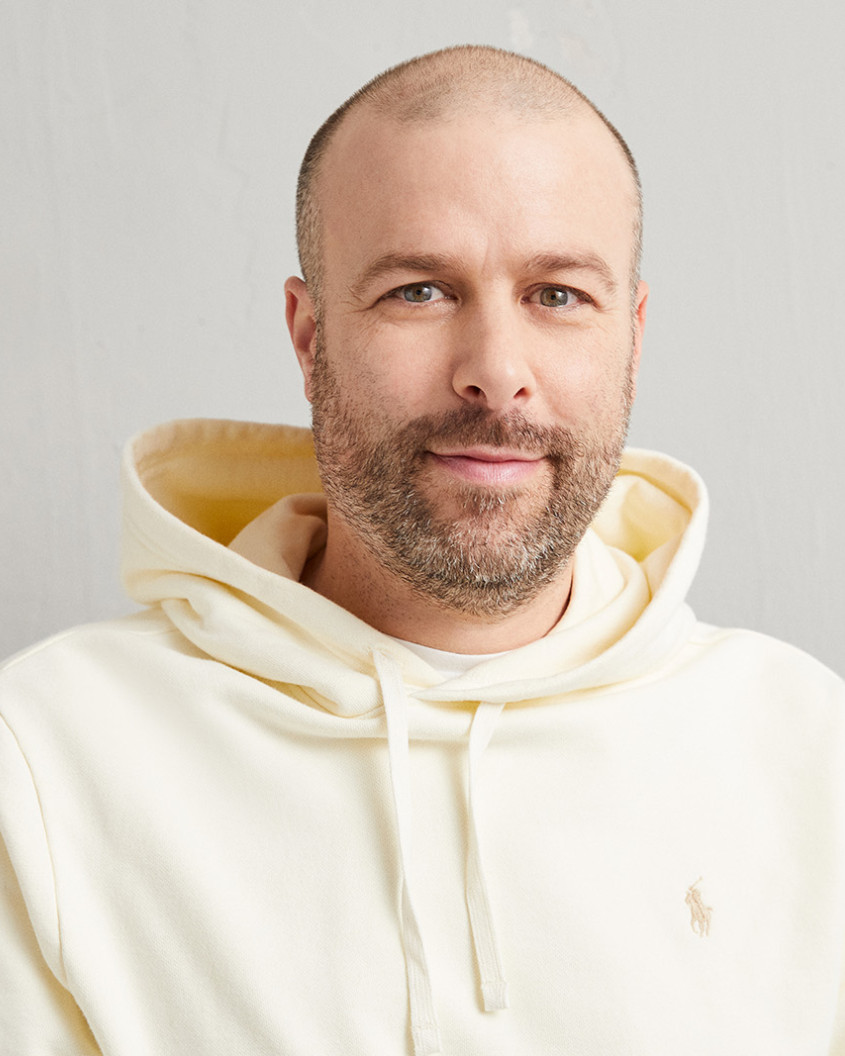Doubling down on elevated content
Doubling down on elevated content
Achieving +10% higher engagement and 3x higher conversion rate with elevated content experiences
Achieving +10% higher engagement and 3x higher conversion rate with elevated content experiences

Inspiration is becoming a key driver of the fashion shopping journey, especially among digital native customers. Video formats in particular are in high demand and becoming increasingly important by the day. Therefore, Zalando is constantly looking for opportunities to offer customers an even more engaging, inspiring and fun experience by including high-quality visual content that serves their individual needs.
Over the past years, Zalando has continuously improved, rethought and elevated the content experience in the Fashion Store – for example with Stories on Zalando, a recently launched visual-first content hub. Now, elevated content is making its way into more and more areas of the Fashion Store. We have sat down with Matthias Haase, Director Zalando Content Solutions, to understand what these elevated content experiences are and how they help customers to make better buying decisions.
AI is indeed disrupting many industries. How do you envision the future of content creation?
There’s no denying that AI will change the way creatives work. In the future, content production will increasingly focus on creativity, speed and scale to always strive for an improved customer experience and to become more locally relevant. We aim to leverage AI to ensure we are providing our customers with relevant content that captures local and micro trends driven by local events, cultural moments, social media and more.
One example of this is “Barbiecore,” a trend that was triggered by the release of the Barbie movie and surfaced immediately after. The fast pace of such trends and the evolving customer demand that comes with it require content to be produced fast to meet customer expectations. AI empowers us and our partners to do so and produce content in near to real time to capture such fast-evolving trends. At the same time, we’re also working on new and equally important projects where AI does not play a significant role in the content production process.

Thank you for all those insights, Matthias, until next time!


